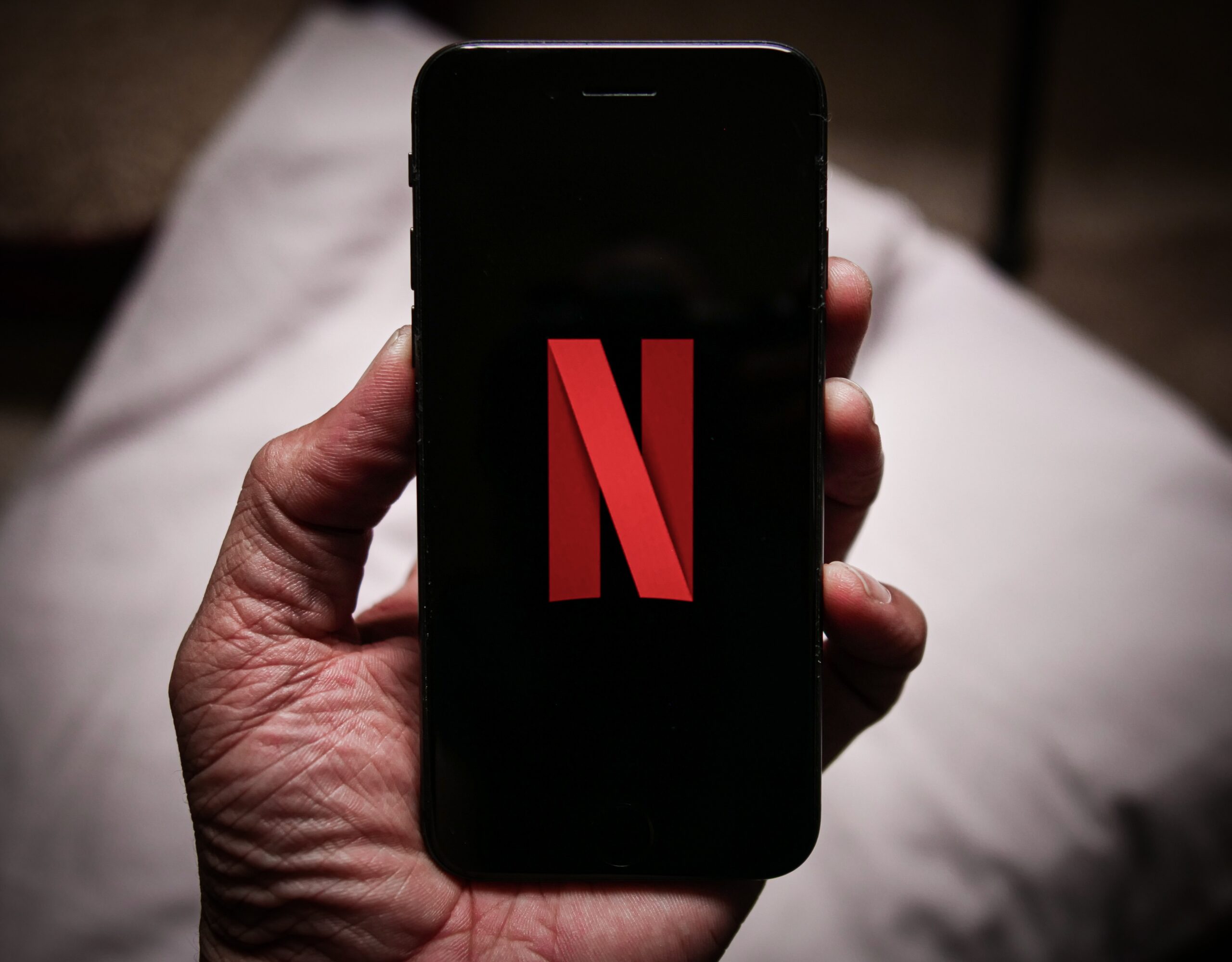
The Evolution of Streaming Services: A Look into the Streaming Wars
The Rise of Streaming Services
Streaming services have become an integral part of our lives in recent years. With technological advancements and the increasing popularity of on-demand entertainment, traditional cable and satellite TV providers face tough competition from streaming platforms.
It all started with the introduction of Netflix in 2007, revolutionizing media consumption. Netflix allows users to stream movies and TV shows directly to their devices without the need for physical media or scheduled programming. This shift in the entertainment industry gave birth to a new era of streaming services.
The Streaming Wars Begin
As the popularity of streaming services grew, more companies jumped on the bandwagon. Amazon Prime Video, Hulu, and Disney+ entered the market, offering unique content libraries and features.
The competition intensified when Apple launched Apple TV+ and HBO Max joined the streaming wars. With so many streaming services, consumers were spoilt for choice, and the battle for subscribers began.
Content is King
In the streaming wars, content became the driving force behind the success of each platform. Exclusive shows and movies became the highlights, with platforms investing heavily in original programming to attract subscribers.
Netflix set the trend with critically acclaimed shows like Stranger Things and House of Cards. Amazon Prime Video followed suit with hit series such as The Marvelous Mrs. Maisel and The Boys. Disney+ capitalized on its extensive content catalog, including the Marvel Cinematic Universe and Star Wars franchises.
Not to be left behind, Hulu produced award-winning shows like The Handmaid’s Tale and Little Fires Everywhere. HBO Max brought its iconic HBO series and added new originals like Lovecraft Country and The Flight Attendant.
The Fragmented Streaming Landscape
With the increasing number of streaming services, the industry became fragmented. Consumers now had to subscribe to multiple platforms to access their favorite shows and movies.
This fragmentation led to the rise of bundled streaming services. Companies like Roku and Amazon Fire TV offered streaming devices that allowed users to access multiple platforms through a single interface. Streaming media also started bundling their services to provide a more comprehensive offering.
The Future of Streaming
The streaming wars show no signs of slowing down. New players like Paramount+ and Peacock have entered the market while existing platforms continue to invest in original content.
The future of streaming is likely to be a combination of exclusive content, bundled offerings, and personalized recommendations. We can expect better streaming quality, enhanced user interfaces, and more immersive viewing experiences as technology advances.
The Conclusion
The evolution of streaming services has transformed the way we consume entertainment. From the early days of Netflix to the current streaming wars, the industry has come a long way. With an ever-growing number of platforms and abundant content, consumers now have more choices.
As the streaming landscape continues evolving, platforms must differentiate themselves through unique content and user-friendly features. Ultimately, the consumers benefit from the fierce competition, as they have access to a wide range of high-quality entertainment options at their fingertips.
